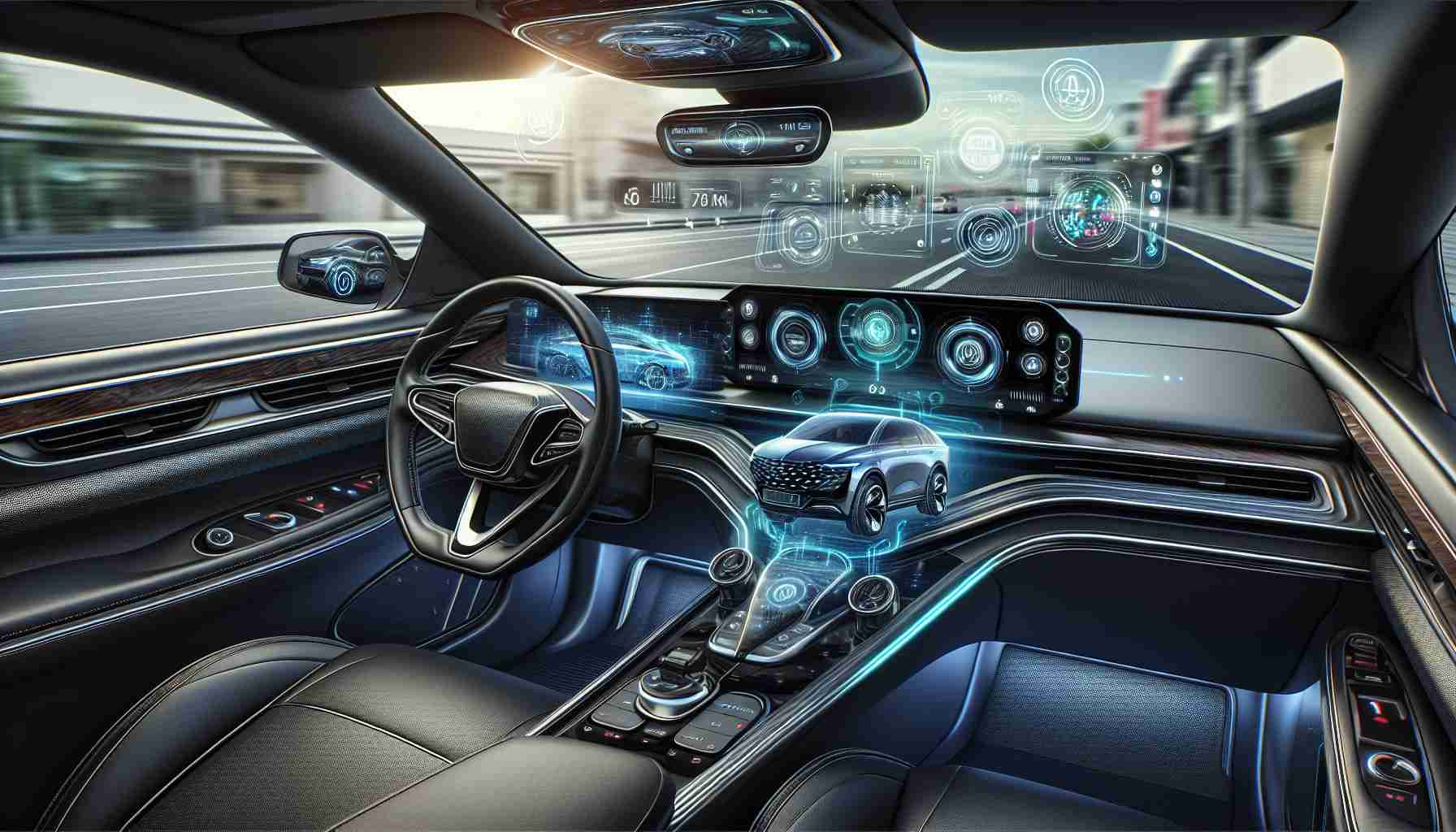Modern vehicles are continuously evolving with technological advancements, revolutionizing the way we interact with our cars. Gone are the days when automobiles were just a mode of transportation; they are now equipped with cutting-edge digital technologies to enhance the overall driving experience. The integration of artificial intelligence, sensors, and communication systems has transformed cars into smart machines that not only provide comfort but also ensure safety on the road.
Engineers are developing innovative solutions to optimize car systems and reduce the load on the electronic control unit (ECU). By reverting to analog sensors in some instances, the strain on the ECU is lessened, allowing for quicker response times and improved security measures. Additionally, features like fatigue sensors, road event warnings, and camera display functionalities are becoming standard in modern vehicles, fostering a seamless interaction between the driver and the car.
One of the game-changing technologies in the automobile industry is the integration of Android Auto and Apple CarPlay. These systems offer convenience and safety by enabling drivers to access smartphone data hands-free. From navigation services to voice-operated features, Android Auto and Apple CarPlay enhance connectivity and functionality while prioritizing driver safety.
While safety regulations discourage distractions while driving, manufacturers are continually exploring new possibilities to enhance in-car entertainment. Chinese manufacturers have introduced wireless set-top boxes that enable multimedia capabilities while driving, expanding the range of applications accessible in the car. Moreover, recent updates to Android Auto and Apple CarPlay have introduced features such as split-screen displays and customizable settings, enhancing user experience and functionality.
As the automotive industry continues to embrace digital innovations, the future of driving promises to be more connected, efficient, and enjoyable than ever before. By integrating advanced technologies seamlessly into vehicles, automakers are shaping a new era of intelligent transportation that prioritizes safety, convenience, and user experience.
Additional Facts:
– Electric vehicles (EVs) are gaining popularity as a sustainable transportation option. They offer advanced features such as regenerative braking, autonomous driving capabilities, and connected services that further enhance the driving experience.
– Augmented reality (AR) heads-up displays are being integrated into some vehicles to provide real-time information to drivers, such as navigation guidance, speed limits, and potential hazards, directly in the driver’s line of sight.
– Vehicle-to-Everything (V2X) communication technology allows cars to communicate with each other and with infrastructure such as traffic lights and road signs, improving safety, traffic efficiency, and overall driving experience.
Key Questions:
1. How do advanced car technologies impact driver behavior and safety?
2. What are the privacy and data security concerns associated with the integration of smartphones and digital systems in vehicles?
3. How do regulatory bodies respond to the rapid advancement of car technologies to ensure road safety and user privacy?
Key Challenges and Controversies:
– Balancing convenience and safety: Ensuring that advanced car technologies enhance the driving experience without causing distractions or compromising safety is a crucial challenge.
– Cybersecurity risks: With increased connectivity and digital integration in vehicles, the risk of cyber threats and hacking vulnerabilities poses a significant challenge for automakers.
– Consumer acceptance and adaptation: Some drivers may be resistant to adopting new technologies in their vehicles due to concerns about complexity, reliability, or the learning curve associated with using advanced features.
Advantages:
– Improved safety features: Advanced technologies like AI-driven driver assistance systems and collision avoidance tools enhance safety on the road.
– Enhanced connectivity: Systems like Android Auto and Apple CarPlay enable seamless integration of smartphones for communication, entertainment, and navigation purposes.
– Increased comfort and convenience: Smart features such as adaptive cruise control, automatic parking assistance, and voice-activated controls make driving more enjoyable and stress-free.
Disadvantages:
– Cost implications: Equipping vehicles with advanced technologies can increase the overall cost of the car, making them less accessible to budget-conscious consumers.
– Dependency on technology: Reliance on advanced car systems may lead to a decrease in driver attentiveness and manual driving skills, potentially impacting response times in emergency situations.
– Maintenance and repair complexities: As vehicles become more complex with advanced technologies, maintenance and repair tasks may require specialized knowledge and services, leading to higher maintenance costs.
Suggested Related Links:
– National Highway Traffic Safety Administration
– Insurance Institute for Highway Safety
– Society of Automotive Engineers
